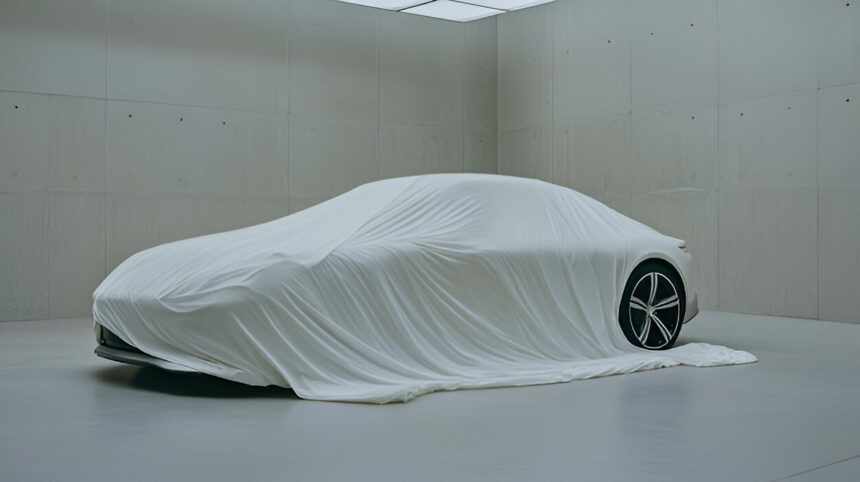When it comes to protecting your car from the elements, a high-quality car cover can be a game-changer. Whether you park your vehicle outdoors or in a garage, a car cover can shield it from dust, dirt, UV rays, bird droppings, and other harmful elements. Not only does a car cover provide protection, but it can also help maintain your car’s appearance and value over time. In this comprehensive guide, we will explore everything you need to know about car covers, from the different types available to how to choose the right one for your vehicle.
Types of Car Covers
Car covers come in various materials and designs, each offering different levels of protection and functionality. Here are some of the most common types of car covers:
1. Indoor Car Covers
Indoor car covers are designed to protect your vehicle when it is parked in a garage or storage unit. These covers are typically made from lightweight materials such as cotton or polyester, which are gentle on your car’s paintwork. Indoor car covers provide protection against dust, debris, and scratches, keeping your car looking pristine even when it’s not in use.
2. Outdoor Car Covers
Outdoor car covers are more heavy-duty than indoor covers, as they need to withstand harsh weather conditions such as rain, snow, and UV rays. Outdoor covers are usually made from materials like polyester with added UV protection and water resistance to keep your car safe from the elements. Some outdoor covers also feature additional layers for extra protection against hail and tree sap.
3. All-Weather Car Covers
All-weather car covers are designed to provide protection both indoors and outdoors, making them versatile for all types of conditions. These covers are made from durable materials that offer UV protection, water resistance, and breathability to prevent mold and mildew buildup. All-weather covers are ideal for those who need year-round protection for their vehicles.
Factors to Consider When Choosing a Car Cover
When selecting a car cover for your vehicle, there are several important factors to consider to ensure you get the right fit and level of protection:
1. Size and Fit
Choose a car cover that is specifically designed for your vehicle’s make and model to ensure a snug and secure fit. A well-fitting cover will provide better protection and prevent it from flapping in the wind, which can potentially damage your car’s paint.
2. Material Quality
Opt for a car cover made from high-quality materials that are breathable, water-resistant, and UV-resistant. Look for features like soft inner linings to prevent scratches and elastic hems for a secure fit. Consider the climate in your area and choose a cover that can withstand the weather conditions prevalent in your region.
3. Ease of Use
Select a car cover that is easy to install and remove, especially if you plan on using it frequently. Features like zippered panels, elasticized edges, and storage bags can make the process of covering and uncovering your vehicle hassle-free.
4. Storage and Portability
If you need to store your car cover when not in use, consider its portability and storage options. Some covers come with compact carrying bags or built-in storage pockets for convenient organization.
Benefits of Using a Car Cover
Using a car cover offers numerous benefits beyond protection, including:
- Preserving Your Car’s Value: A car cover can shield your vehicle from sun damage, rust, and scratches, helping maintain its resale value over time.
- Saving Money on Repairs: By preventing damage from bird droppings, tree sap, and other environmental hazards, a car cover can save you money on costly repairs and detailing.
- Convenience and Peace of Mind: Knowing that your car is protected by a cover provides peace of mind, especially if you have to park it outdoors for extended periods.
Car Cover Maintenance Tips
To ensure your car cover remains effective and durable, follow these maintenance tips:
- Regular Cleaning: Clean your car cover regularly according to the manufacturer’s instructions to remove dirt, dust, and stains. Use a gentle detergent and lukewarm water, and allow the cover to air dry before storing it.
- Proper Storage: When not in use, store your car cover in a cool, dry place away from direct sunlight. Avoid folding it when wet, as this can promote mold and mildew growth.
- Inspect for Damage: Periodically inspect your car cover for tears, holes, or signs of wear and tear. Repair or replace the cover as needed to ensure continued protection for your vehicle.
Conclusion
A car cover is a simple yet effective way to protect your vehicle and maintain its appearance for years to come. By choosing the right type of cover, considering important factors like size and material quality, and following proper maintenance practices, you can ensure that your car stays looking its best no matter where you park it. Invest in a high-quality car cover today and give your vehicle the protection it deserves.





